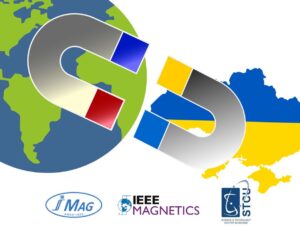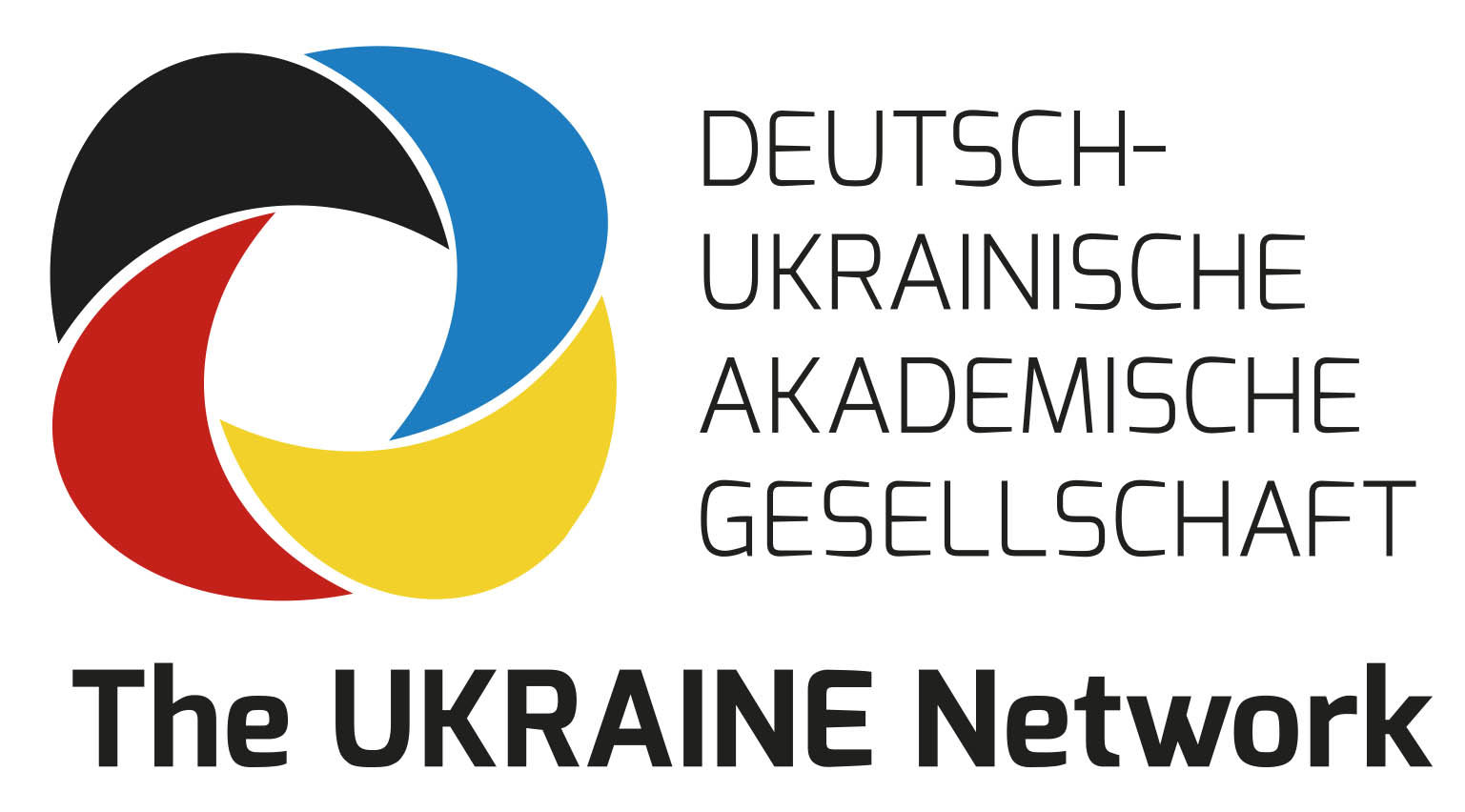 Tthe IEEE Magnetics Society, the Science and Technology Center in Ukraine (STCU) and the Institute of Magnetism NAS and MES of Ukraine have successfully organised the second run of the IEEE Magnetics Society “Magnetism for Ukraine” program. This competitive program provided individual grants of $2,000 and group grants of $10,000. The program aims to support the research and professional development of individuals in the magnetics field, emphasizing excellence, innovation, and community growth. The program is non-political.
Tthe IEEE Magnetics Society, the Science and Technology Center in Ukraine (STCU) and the Institute of Magnetism NAS and MES of Ukraine have successfully organised the second run of the IEEE Magnetics Society “Magnetism for Ukraine” program. This competitive program provided individual grants of $2,000 and group grants of $10,000. The program aims to support the research and professional development of individuals in the magnetics field, emphasizing excellence, innovation, and community growth. The program is non-political.
The STCU received 46 applications and, through a competitive selection process, identified 15 research projects to be funded in 2023. Financial support was provided to 43 magnetics researchers, including 17 women and 14 students. The supported projects are based in Kyiv, Kharkiv, Donetsk, and Lviv.
This is the second success of the program. In 2022, 70 magnetics researchers received financial support, including 14 women and 14 students. Projects that received support were based in Kyiv, Kharkiv, Sumy, Donetsk, Drohobych, and Dnipro. In spite of the war conditions, 27 papers were published by the Ukrainian researchers with the support of this program.
The Ukrainian government has had to devote more of the national budget to military purposes. Thus, many research institutions had to reduce funding for research. This makes this Magnetics Society program, as well as other programs supporting Ukrainian researchers, even more important for our colleagues in Ukraine.
Acknowledgements: We would thank IEEE Magnetics Society for taking the initiative and providing the budget for this program and the volunteers who worked on its implementation. We thank STCU, especially Olena Taberko, and Institute of Magnetism NAS and MES of Ukraine and its head, Oleksandr Tovstolytkin, for the successful realization of the program. Our special thanks go to 43 referees from all over the world who helped evaluate the projects and who made this program possible.
By Univ.-Prof. Dr. Andrii Chumak, Faculty of Physics, University of Vienna
